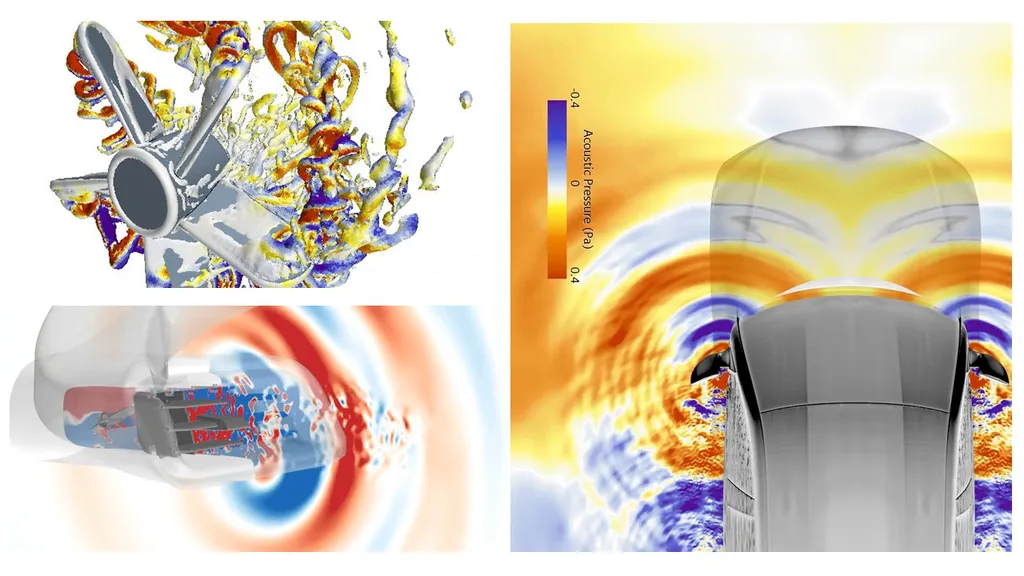In the realm of aeroacoustics, a groundbreaking study led by Jean Varnier of the French Aeronautical and Astronautical Association (3AF) and the National Office for Aerospace Studies and Research (ONERA) is set to revolutionize how we understand and simulate sound propagation from aircraft, rockets, and space launchers. Published in *Comptes Rendus. Mécanique* (Proceedings of the Mechanics Division), this research tackles the longstanding challenge of the Doppler effect’s distortion on sound spectra, offering a novel time-based approach that could reshape civilian and military applications alike.
The Doppler effect, a phenomenon where the frequency of sound waves changes relative to the observer’s motion, has historically complicated the accurate simulation of acoustic spectra. Varnier’s study introduces a method that unifies frequency and sound level variations, directly relating them to the ratio of emission to reception durations of a chosen signal sequence. This approach simplifies the complex interplay of variables, making it applicable to a wide range of scenarios, from variable-speed mobiles to curved trajectories, and even environments with wind and temperature gradients.
“Our method provides a general solution to the direct problem, where the characteristics of the sound source and its trajectory are known,” Varnier explains. “By focusing on the time domain, we can accurately simulate the Doppler effect without the need for complex frequency-level distinctions.”
The implications for the energy sector are profound. Accurate aeroacoustic modeling is crucial for designing quieter, more efficient aircraft and rockets, which in turn can reduce noise pollution and improve public acceptance of air travel and space exploration. For the energy industry, this research could lead to advancements in the design of wind turbines and other renewable energy technologies, where minimizing noise is a key concern.
Varnier’s method is not only versatile but also adaptable to various environments, including those with atmospheric variations. This flexibility makes it a valuable tool for both simple and complex cases, such as when the observer is in motion. The study’s findings, published in *Comptes Rendus. Mécanique*, mark a significant step forward in the field of aeroacoustics, offering a robust framework for future research and practical applications.
As the energy sector continues to evolve, the ability to accurately model and mitigate noise will be increasingly important. Varnier’s research provides a crucial foundation for these advancements, paving the way for quieter, more sustainable technologies. “This method can be applied without restriction in most cases,” Varnier notes, highlighting its potential to drive innovation across multiple industries.
In an era where precision and efficiency are paramount, Varnier’s work stands as a testament to the power of innovative thinking in solving complex problems. As the energy sector looks to the future, the insights gained from this research will undoubtedly play a pivotal role in shaping the next generation of acoustic technologies.

